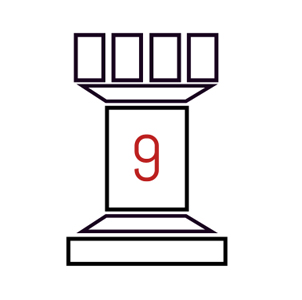A while back, I wrote a piece on how the Seeds of Agony and Duskblade bans would affect Chane in Flesh and Blood. At the time, I was pretty pessimistic about Chane’s chances in competitive play.
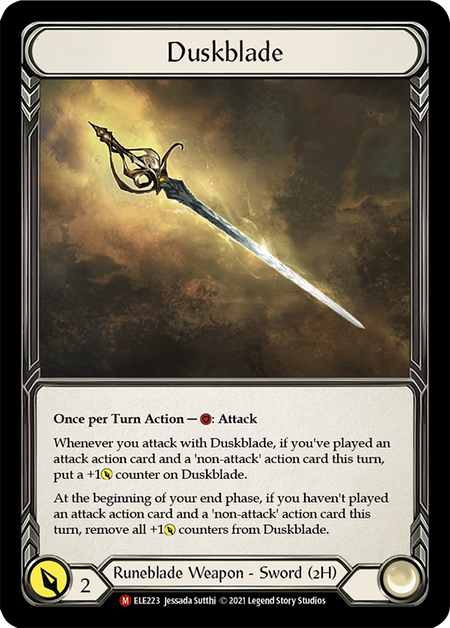
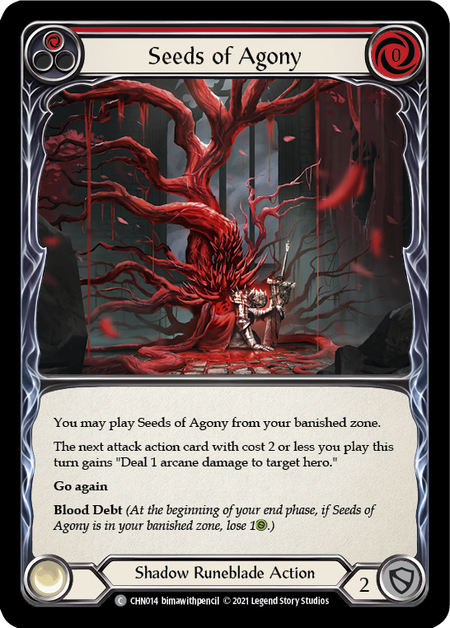
However, we recently saw an impressive result from Alex Keeler, who managed to take second place at the recent Cincinnati Pro Quest event with a classic constructed Chane build. Alex’s build can be found over at the Legend Story Studios website (along with several other competitive decklists). Relative to the pre-ban Chane builds that we’ve seen getting competitive results, Alex ran relatively light on Blood Debt cards and incorporated aggressive generic cards like Tremor of iArathel.
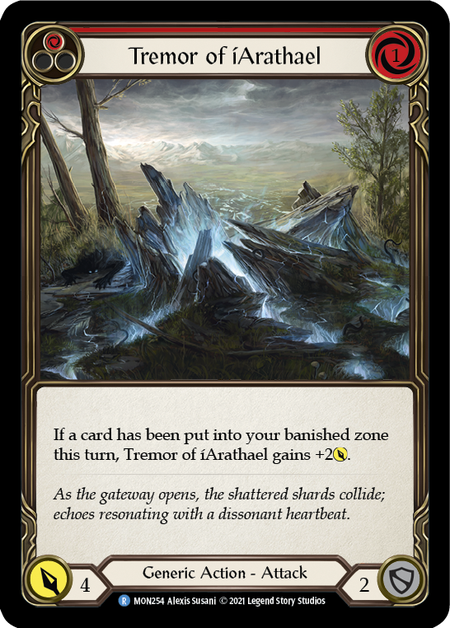
While Alex’s deck might not have had the ability to set up for a huge endgame with stacked Seeds of Agony and Rift Binds like Chane decks in the past did, it made up for it with a lot of pure aggressive power, ultimately defeating many opponents- including two Bravo and two control Dash players! I find the latter part especially impressive because, in the past, defensive builds have often been able to fatigue Chane players who weren’t setting up for those aforementioned Seed/Rift endgames.
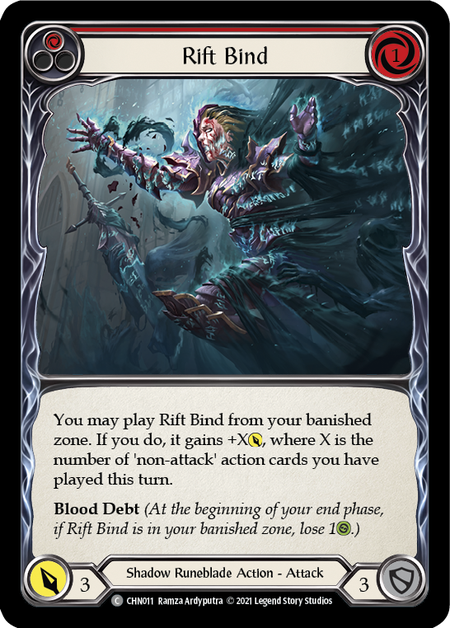
Now, Alex didn’t end up winning the event- he was ultimately defeated by a third Bravo opponent in the finals- but I was still impressed by this performance and decided to do a quick text interview with him to find out more about his build.
Davis: Can you give us a quick rundown of your gaming background and how playing Flesh and Blood has generally been going for you?
Alex: Flesh and Blood has been an incredible and well-timed opportunity for me. My experience grinding Magic: the Gathering in the mid 2010’s gave me a great impression of how a Channel Fireball event would go. So, when CFB posted their partnership with LSS, and the subsequent Calling Series, I knew there would be a good chance that it would get done the right way. I hadn’t played any card games in nearly 5 years, but a handful of factors had encouraged me to look into a hobby to focus on again. Primarily, the pandemic had left me without a passion project; and while my professional career and home life is in a great place, I had newfound free time and a desire to jump back into traveling and competing in something I enjoy.
Davis: What attracted you to Chane, especially after the ban on Seeds of Agony (and on Duskblade for CC)?
Alex: I started my FaB journey in mid-July, a few weeks after Monarch had released. When I did my initial research into playstyles and deck types, I knew I wanted to be in the realm of reanimator/graveyard strategies, as my greatest success and enjoyment in competitive MTG was with BR reanimator in legacy and Junk Reanimator in standard.
Note: For those unfamiliar with the terminology of Magic: the Gathering, Reanimator is an archetype that tries to mill or discard powerful creatures, then get them on the field with effects that let you put cards from your graveyard into play.
The only two choices [for that] were Chane and Levia- and I quickly fell off the Levia strategy, as a hero ability that essentially adds no value vs one that showed immediate value on the first read through was a no brainer.
I piloted Chane throughout my 7 RTN’s; and after a tough tie-breaker bubble at the first, I topped the following 6, making top 4 in four of them. After the ban announcement (which I woke up to after buying a CF Duskblade and Spellbound Creepers at the prerelease), I panicked just like the rest of the community and built other decks in preparation to switch. However, simply out of loyalty to the hero, I decided to stick with Chane, update the list to a new idea I had, and take the mentality of “play the deck till you lose with it.”
I’m 12-0 in Calling constructed side events, and we’re here today writing these responses because of the 2nd place finish at Pro Quest Cinci. All in all, the deck has been responsive to my faith in it, putting together a 20-1 record in official tournaments.
Davis: How did your Pro Quest go? What matchups were especially favorable or unfavorable?
Alex: The Pro Quest went really smoothly through Swiss for me. Just like in any card game, sometimes you can feel when you have “hot hands.” The deck was seeing a great sequence of cards throughout the swiss rounds, and despite having a very clear challenge with pure fatigue strategies, I hadn’t seen that working well for most players in this current meta game. For example, control Oldhim can [play ”solitaire” with complicated defensive plays] for 80 minutes and never die... no one likes that, and draws are double losses. I beat the other 2 Bravo matchups I faced in Cinci, and both of the control Dash matchups were also wins. Going into the finals, I knew I would have a tougher time with Stewart, as he is also a Southeastern FAB player (from Georgia, shout out to The Card Guyz) who I knew had been piloting Bravo for a very long time...
Davis: How does this deck work generally? What are its key cards? How does it adapt to different situations?
Alex: This version of Chane requires a pilot who is focused on maximizing “leaked damage” through optimizing turn-by-turn sequencing. Gone are the days of relying on 6 Seeds of Agony and three Rift Binds for 9+ damage each. Key cards would be red Flock, red Tremor, and Shadow Puppetry (the deck’s clear MVP card). In most situations, Chane is the aggressor from T1- unlike previous iterations where it was more important to pitch appropriately to set up Shackles for 7-9 turns.
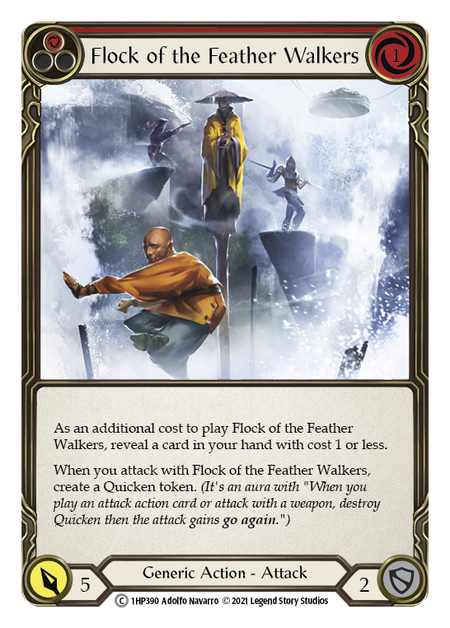
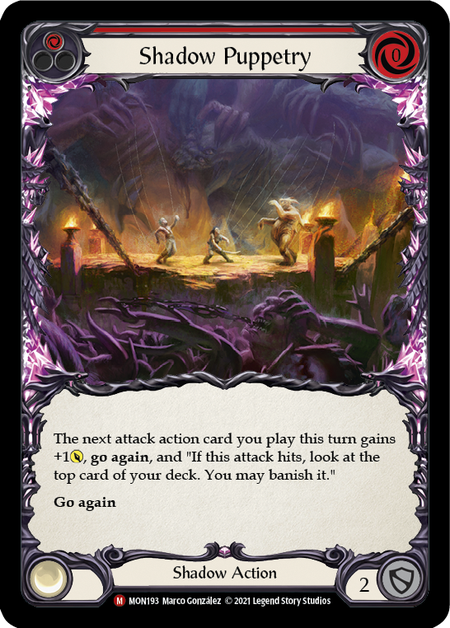
Davis: Do you have any advice for other players who are interested in playing Chane?
Alex: My advice to any FAB player is to focus on a strategy that sits well with you as a player. Forcing yourself into meta picks is a recipe for disaster. There are countless examples of fantastic players falling short piloting Reddit’s new favorite deck. FAB is a game where you can truly pick almost any deck, work on it, pivot board options to shore up unfavorable matchups, and see success.
Great examples are all around us: Chris Ray from Team Galaxxi Gaming piloted his Dash deck to a perfect undefeated RTN win during prime Chane format (including beating me in top 4); a great Georgia player whose name is slipping my mind topped 2 back-to-back RTN’s with Kano; and one of my best friends took Prism all the way to the finals of an RTN vs Sebastiano Cavallo.
Pick a deck whose strategy you connect with and focus on being the best at that deck. Don’t let me or anyone hype you on something you simply don’t want to play.

Congratulations to Alex on his impressive result and for taking the time to answer my questions!
Time will tell whether other Chane players will be able to replicate Alex’s success, but at least for now this seems to be an interesting development in the metagame. As we move into the Nationals season, I’m quite curious to see whether Chane will stay relevant, despite a lot of people (including me!) counting him out!


